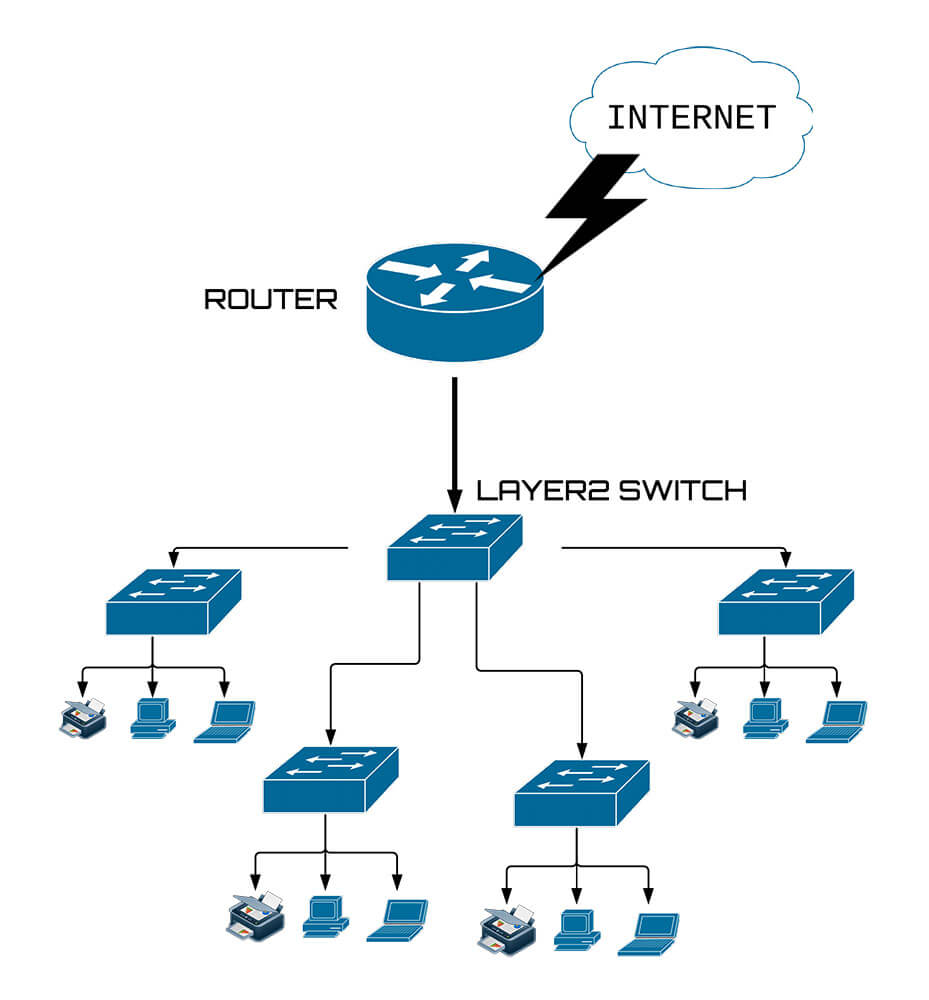Layer 3 is a term used to describe the third layer of communication protocols. It is the level which contains application-specific protocols and services, such as web browsers, email programs, or instant messaging clients. This layer is responsible for providing user applications with access to network resources and services.
Layer 3 networks are based on packet switching technology, where data packets are routed from source to destination through multiple routers over various paths in order to reach their final destination efficiently. Each router makes its own decisions about how best to route each packet according to certain metrics like latency or cost. The combination of these routing decisions forms the Layer 3 topology known as an internetwork (or mesh). Packets can arrive out of order due to different routes taken by different packets and need special techniques at Layer 4 (Transport) in order for them reassemble into their original form before being presented higher up the stack.
When compared with Layer 2 networks, Layer 3 networks offer more flexibility when it comes to scalability and virtualization capabilities but require specialized software running on each node called a “router” that determines how traffic should be routed between nodes across varying distances. For this reason they tend not only be more complex but also more expensive than their Layer 2 counterparts due to associated hardware costs like switches and cables that must be purchased separately or leased from telecom providers depending on the size of one’s network needs.
Moreover, traditional routing algorithms may possess limited scalability when applied in large-scale environments so alternative approaches such as SDN (Software Defined Networking) have been proposed recently in order gain better control over traffic flows within organizations’ local area networks without having purchase additional hardware components traditionally associated with networking solutions like routers & switches . SDN allows network administrators configure entire networks using just one central controller device instead relying upon multiple point-to-point connections between individual devices which greatly reduces both setup time and complexity while increasing overall performance & reliability since all devices now communicate directly through this single hub rather going via separate intermediate nodes along longer paths thereby creating bottlenecks during peak times usage periods which would otherwise limit throughput if left unmanaged properly.


